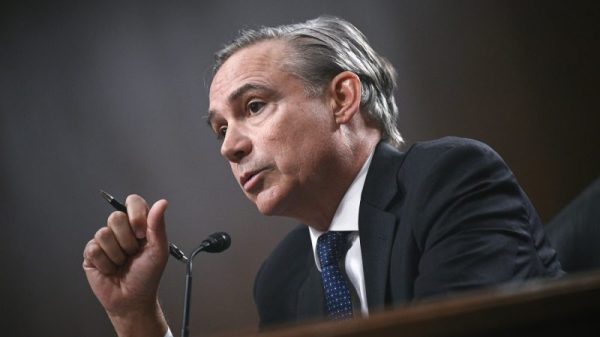Oil Dips on U.S. Inflation Spike: Oil prices Falls 0.7%
Oil prices dropped by 0.7%, and WTI crude by 0.5%, as inflation worries rise in the U.S.
U.S. producer prices saw an unexpected jump in January, sparking inflation concerns.
The IEA forecasts a potential surplus in the oil market in 2024, hinting at dampened growth expectations.
Oil prices witnessed a notable dip as the U.S., the largest oil consumer globally, grapples with rising service costs. This uptick in costs has reignited fears of persistent inflation and higher interest rates, potentially curtailing fuel consumption growth. Oil prices fell by 0.7% to $82.92 a barrel. Meanwhile, West Texas Intermediate (WTI) crude oil prices decreased by 0.5% to $78.78.
OPEC’s 6.4M bpd Spare: Balancing Supply Shocks
The direction of the oil market remains uncertain, influenced by several global events that sway investor sentiment. The return of China from the Lunar New Year holiday should subtly impact demand. The upcoming Presidents’ Day in the United States is also expected to affect demand. Additionally, recent tensions in the Middle East have contributed to market volatility. These tensions include Israeli raids and attacks by Yemen’s Houthi fighters. Despite these challenges, analysts from ANZ Research have a positive outlook. They suggest that OPEC possesses adequate spare capacity to manage disruptions. This capacity is approximately 6.4 million barrels per day. It provides a cushion against potential supply shocks.
IEA Sees 2024 Surplus: Oil Demand Growth Slows
As the market navigates through these turbulent times, the International Energy Agency’s (IEA) latest warnings provide a sobering perspective on future demand. The IEA anticipates that growth will decelerate in 2024, with a forecasted surplus potentially dampening the market’s vigour. This outlook, combined with the Federal Reserve’s cautious stance on interest rate adjustments, suggests a bearish trend for oil prices in the near term. Investors and market watchers are thus reminded of the complex interplay between geopolitical events, economic policies, and energy consumption patterns in shaping the global oil market’s future trajectory.
The post Oil Dips on U.S. Inflation Spike: Oil prices Falls 0.7% appeared first on FinanceBrokerage.


































